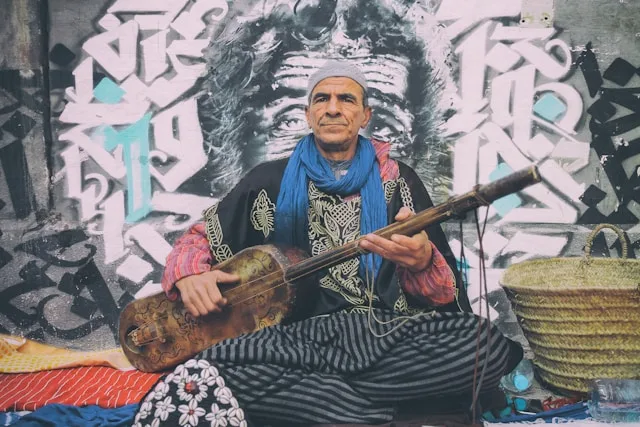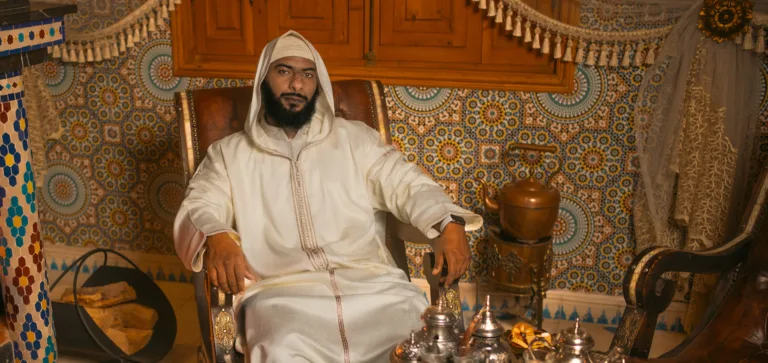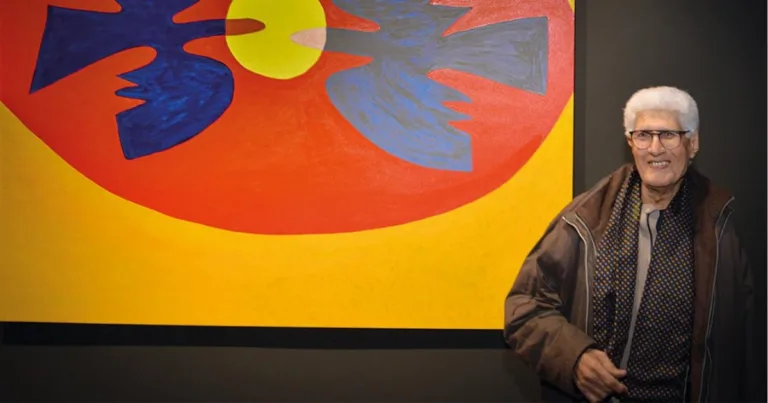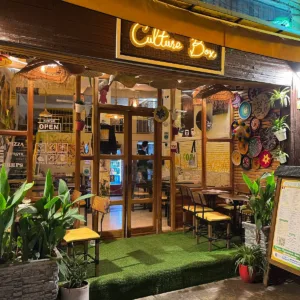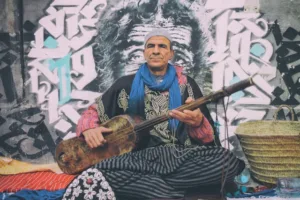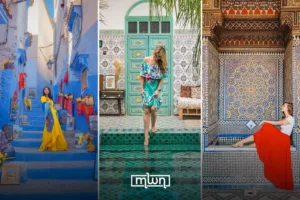Morocco’s desert architecture marries beauty, climate, and centuries of cultural heritage in every wall and courtyard.
Fez– Morocco is a living museum of architectural heritage, where centuries of civilizations converge into a dazzling tapestry of forms, materials, and techniques.
From the north to the south, every city reflects a layered history, blending Amazigh, Arab, Islamic, and European influences into a unique built identity.
For visitors, Morocco’s architecture is immediately striking. Each region offers a different aesthetic: soaring minarets, fortified walls, domes, and intricately carved stones all speak to the local environment and historical context.
Geography shapes not only materials but also design, while the visual language of space defines the unique identity of each structure.
Morocco’s architectural variety stems from successive waves of rulers, from Vandals, Romans, Phoenicians, and Byzantines to Islamic dynasties including the Almoravids, Almohads, Marinids, Saadians, and Alawites.
This rich history left a legacy of fortified medinas, palaces, kasbahs, and urban centers, each reflecting a dialogue between local traditions and foreign influences.
In Casablanca, for instance, Art Deco façades line the streets, a French colonial imprint that became a visual laboratory along Avenue Mohammed V at the dawn of the 20th century.
Meanwhile, Fez and Meknes showcase defensive architecture, with towers, arches, and walls designed to protect against external threats.
Even when colonial or modern influences appear, local identity often prevails. Cities like Ouarzazate, Zagora, Beni Mellal, and Marrakech highlight architecture deeply rooted in Morocco’s visual and functional heritage, from the choice of materials to spatial organization.
Moroccan architecture does not borrow identity superficially; it emerges organically from its environment.
Desert architecture
The country’s desert architecture exemplifies this principle. While often considered traditional, it continues to inspire contemporary architects due to its simplicity, environmental harmony, and respect for local culture.
Using natural materials: mud, stone, and palm wood, these structures provide insulation against extreme temperatures, keeping interiors cool in summer and warm in winter.
Desert buildings are more than homes; they are fortified social institutions. Kasbahs and palaces are clustered and connected, often enclosed by walls and towers with a single main entrance, reflecting both defensive and communal functions.
They are strategically located near water sources, essential for life in arid regions, and often incorporate mosques, courtyards, and multipurpose facilities, creating cohesive social, political, and economic centers.
The durability and sophistication of desert architecture result from centuries of human settlement and interaction: Jews, Amazigh, and Arabs influenced each other, leaving traces on construction techniques and aesthetics.
Local technical expertise, whether in adobe brick, stone masonry, or decorative plasterwork, has evolved to meet climatic demands, producing a design language that resonates across southern Morocco, the Draa Valley, and even neighboring Tunisia, Libya, and Mauritania.
A dialogue between function and beauty
Desert architecture demonstrates an intuitive understanding of its surroundings. Its forms respond to climate, landscape, and social organization.
The resulting structures are not just functional, they are visually harmonious with their environment.
Sloped roofs, thick walls, and interconnected layouts illustrate how practicality and aesthetics are inseparable in Moroccan design.
Modern architects often draw inspiration from these principles, adapting them to contemporary needs while respecting local context.
This continuity between past and present shows Morocco’s ability to preserve traditional knowledge while innovating for the future.
Across Morocco, each city contributes to a broader architectural mosaic. Casablanca’s Art Deco, Rabat’s colonial-era structures, and Fez’s medieval medina coexist alongside desert kasbahs and palaces, creating a visual richness rare in other countries.
This variety not only showcaseshistorical layers but also celebrates regional identities, from the northern coast to the southern deserts.
Moroccan architecture illustrates how culture, climate, and history converge in the built environment. It is a living archive of human ingenuity, blending functional design, aesthetic elegance, and social cohesion.
In the deserts of southern Morocco, architecture becomes a dialogue with nature.
Every wall, tower, and courtyard reflects an understanding of climate, geography, and human need.
It is a style that has endured for centuries because it works: it protects, it organizes, and it inspires. In Morocco, beauty is never detached from purpose; it exists in harmony with both the environment and society.




